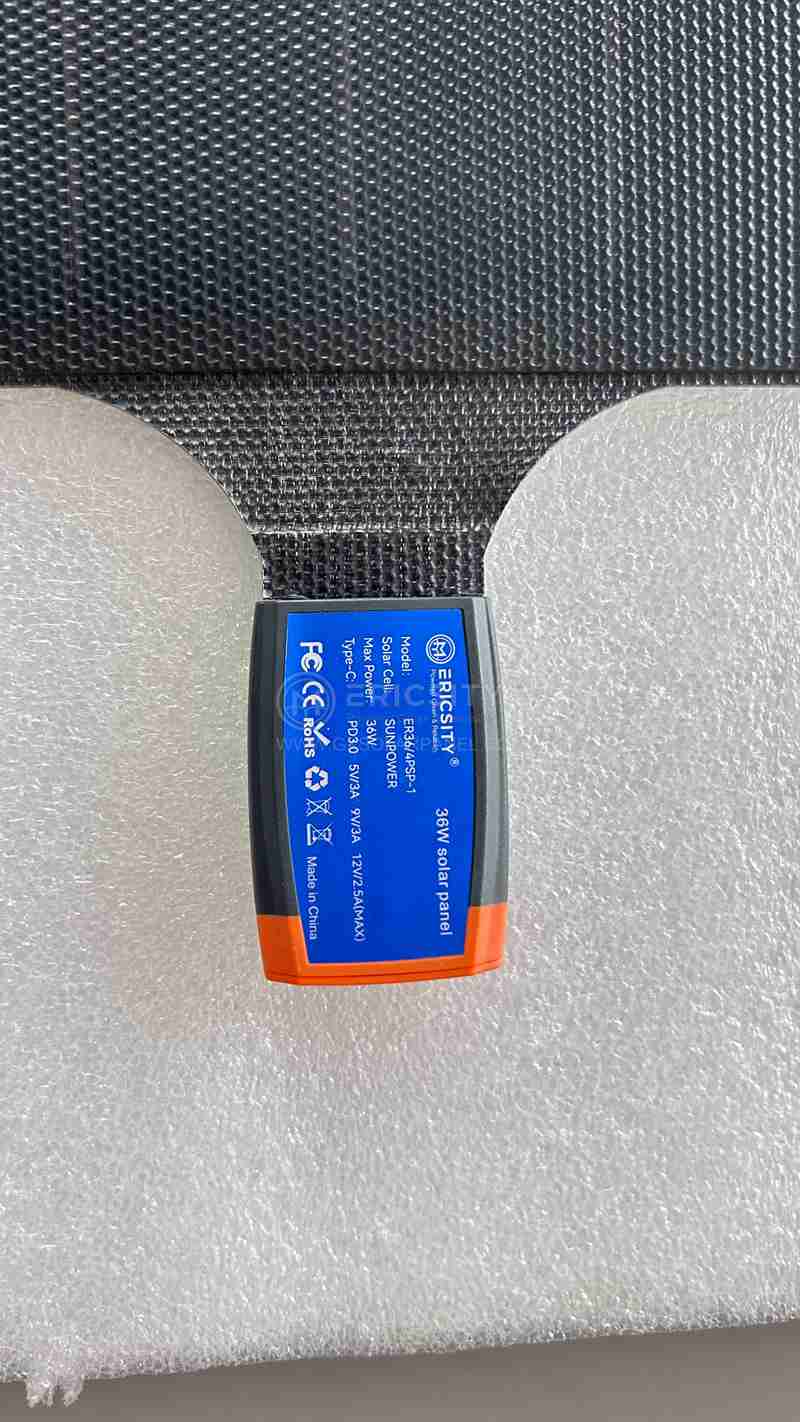HOT PRODUCT
Product Details
Comparing Costs: 330w Solar Panel Prices Vs. Other Options
Title: Comparing Costs: 330W Solar Panel Prices Vs. Other Options
Introduction:
With the increasing demand for renewable energy sources, solar power has emerged as a viable and sustainable solution. As the cost of solar panels continues to decline, more homeowners and businesses are considering this option to meet their energy needs. In this article, we will compare the costs of 330W solar panels with other alternatives, highlighting the advantages and potential drawbacks of each.


1. Cost Analysis of 330W Solar Panels:
Solar panel prices have been steadily decreasing, making this technology more accessible than ever before. A 330W solar panel typically costs between $180 and $250 per panel. The total cost depends on various factors, including installation expenses, system size, and additional equipment such as inverters and batteries.
2. Advantages of 330W Solar Panels:
a. Efficient Power Production: 330W solar panels are designed to convert sunlight into electricity at a high efficiency rate. This ensures maximum power generation and optimal performance even in low light conditions.
b. Space Efficiency: These panels are considerably smaller than earlier models, allowing for more flexible installation options, especially in situations with limited space available.
c. Durability and Longevity: Modern solar panels are built to last. 330W panels have a typical lifespan of 25 to 30 years, ensuring a long-term return on investment.
d. Lower Maintenance Costs: Once installed, solar panels require minimal maintenance, reducing costs over the panel’s lifetime. Occasional cleaning and visual inspections are usually sufficient to ensure their optimal performance.


3. Comparing Costs with Other Renewable Energy Sources:
a. Wind Energy: While wind turbines can generate significant amounts of electricity, the upfront costs can be quite high. On average, a small-scale wind turbine system can cost between $10,000 and $70,000 per installed kilowatt (kW). This makes solar panels a more affordable option for most homeowners.
b. Geothermal Systems: Geothermal systems tap into the Earth’s heat to generate electricity and provide heating/cooling. However, installation costs are substantial, typically ranging from $10,000 to $30,000 per installed kW. Solar remains a more cost-effective solution for many users.
c. Hydroelectric Power: Hydroelectric power can be an excellent source of renewable energy, but it is highly location-dependent. Implementing a hydroelectric system can be costly, ranging from $1,000 to $5,000 per installed kW. Solar panels may offer a better return on investment in areas lacking suitable hydro resources.
4. Return on Investment (ROI) and Payback Period:
The ROI and payback period for a solar panel system largely depend on multiple factors, including local electricity rates, available incentives, and installation costs. On average, homeowners typically recoup their investment within 6 to 10 years. After this period, the system provides free electricity for the remainder of its lifespan.
Conclusion:
The declining prices and numerous advantages of 330W solar panels make them an attractive option for those looking to reduce their reliance on conventional energy sources. When compared with alternatives such as wind, geothermal, and hydroelectric power, solar panels offer a more affordable upfront investment and quicker return on investment. Moreover, solar panels have minimal maintenance costs and contribute significantly to reducing carbon emissions, making them an environmentally friendly option. As technology continues to advance and prices further decrease, solar panels will likely become an even more appealing choice for homeowners and businesses worldwide.




